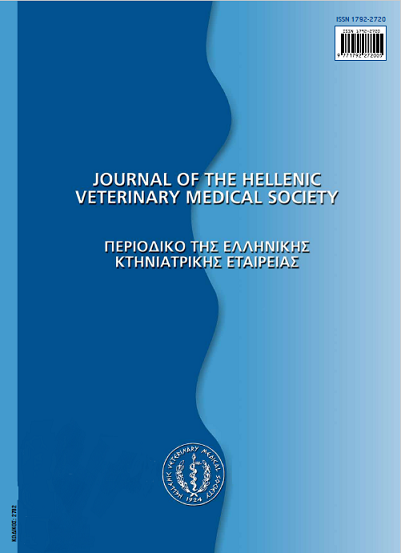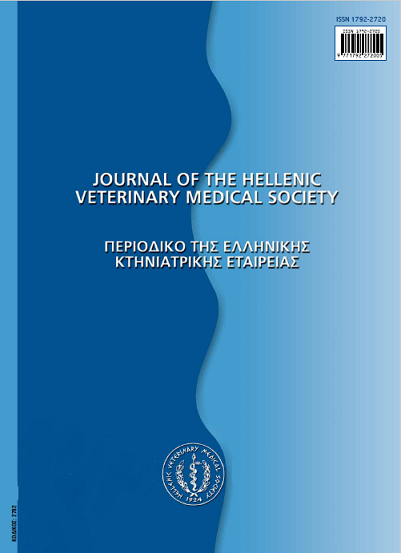Swine model in cardiopulmonary resuscitation research

Abstract
Cardiac Arrest (CA) constitutes a real medical emergency. Various experimental models have been developed in order to test experimental treatments. Animal models that have been used in CA research are rodents, rabbits, cats and dogs, primates and swine. Among these, swine are used more often. The reason behind this choice is mostly its close resemblance to the human cardiac anatomy and physiology. Various haemodynamic variables have been investigated as predictors of the return of spontaneous circulation (ROSC). Coronary Perfusion Pressure (CPP) is the only proven predictor for ROSC. CPP, which is responsible for myocardial perfusion, greatly augments during chest compressions. ROSC and therefore survival after CA has been associated with CCP values greater than 15 mmHg for humans and 25 mmHg for animals. For the experimental induction of CA various electric sources have been used. All these experimental devices could be potentially dangerous for researchers, even though, no incidence of electrocution has been reported in the international literature. The ordinary cadmium battery appears to be safer and is an extremely effective way of inducing cardiac arrest.
Article Details
- How to Cite
-
XANTHOS (Θ. ΞΑΝΘΟΣ) T. (2017). Swine model in cardiopulmonary resuscitation research. Journal of the Hellenic Veterinary Medical Society, 60(3), 254–258. https://doi.org/10.12681/jhvms.14935
- Issue
- Vol. 60 No. 3 (2009)
- Section
- Special Article
Authors who publish with this journal agree to the following terms:
· Authors retain copyright and grant the journal right of first publication with the work simultaneously licensed under a Creative Commons Attribution Non-Commercial License that allows others to share the work with an acknowledgement of the work's authorship and initial publication in this journal.
· Authors are able to enter into separate, additional contractual arrangements for the non-exclusive distribution of the journal's published version of the work (e.g. post it to an institutional repository or publish it in a book), with an acknowledgement of its initial publication in this journal.
· Authors are permitted and encouraged to post their work online (preferably in institutional repositories or on their website) prior to and during the submission process, as it can lead to productive exchanges, as well as earlier and greater citation of published work.



